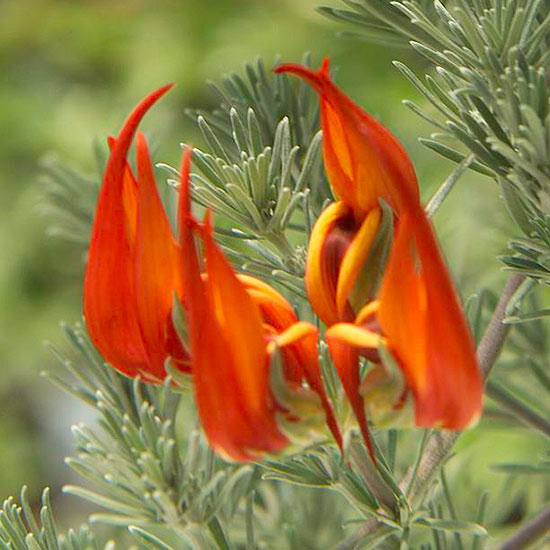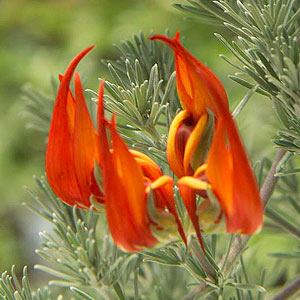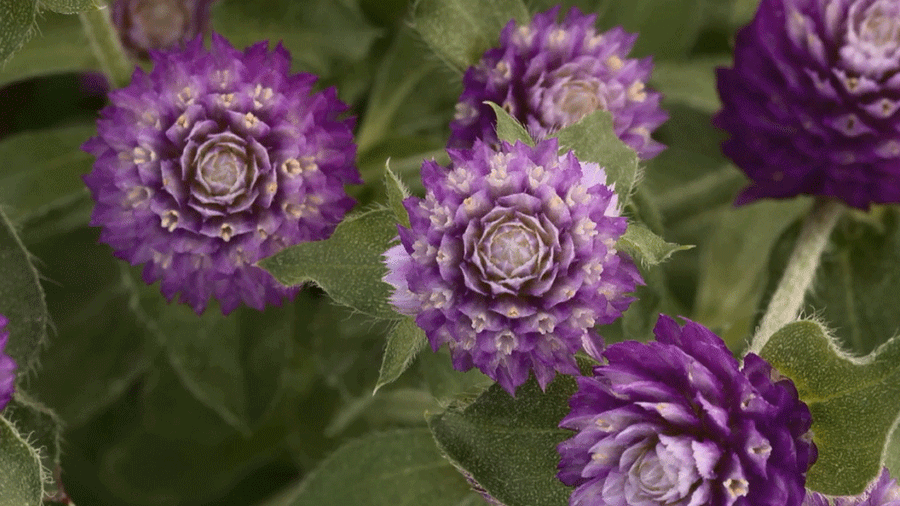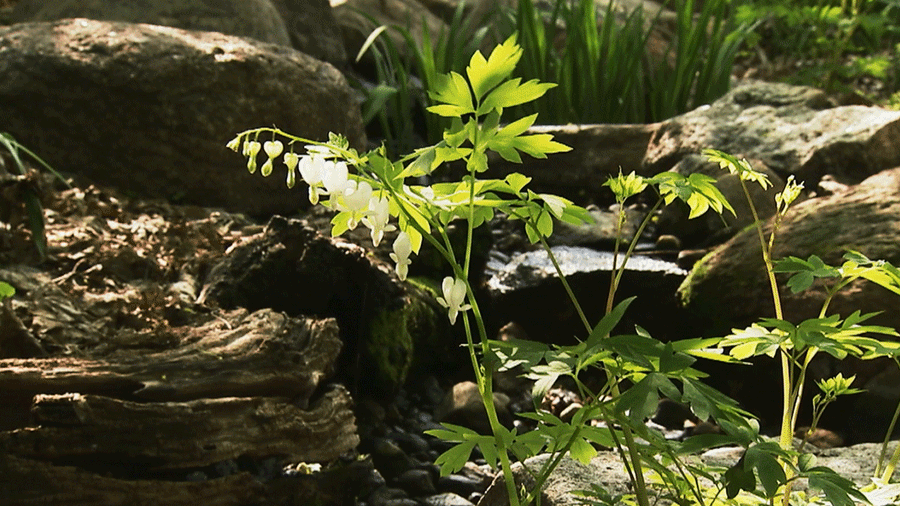

Light:
Sun
Type:
Annual,
Perennial
Height:
Under 6 inches to 12 inches
Width:
To 2 feet wide
Flower Color:
Orange,
Red
Foliage Color:
Chartreuse/Gold,
Gray/Silver
Seasonal Features:
Spring Bloom,
Summer Bloom
Problem Solvers:
Good For Privacy,
Groundcover,
Slope/Erosion Control
Special Features:
Good for Containers,
Low Maintenance
Zones:
10-11
how to grow Parrot’s beak
Propagation
Stem Cuttings
garden plans for Parrot’s beak

Deckside Container Garden Plan
more varieties for Parrot’s beak

‘Amazon Sunset’ parrot’s beak
Lotus ‘Amazon Sunset’ blooms more frequently than most other parrot’s beak varieties. It bears orange-red flowers.
plant Parrot’s beak with

Angelonia
Angelonia is also called summer snapdragon, and once you get a good look at it, you’ll know why. It has salvia-like flower spires that reach a foot or 2 high, but they’re studded with fascinating snapdragon-like flowers with beautiful colorations in purple, white, or pink. It’s the perfect plant for adding bright color to hot, sunny spaces. This tough plant blooms all summer long with spirelike spikes of blooms. While all varieties are beautiful, keep an eye out for the sweetly scented selections.
While most gardeners treat angelonia as an annual, it is a tough perennial in Zones 9-10. Or, if you have a bright, sunny spot indoors, you can even keep it flowering all winter.

Gerbera daisy
Gerbera daisies are so perfect they hardly look real. They bloom in nearly every color (except true blues and purples) and produce fantastically large flowers on long, thick, sturdy stems. They last for a week or more in the vase, making them a favorite of flower arrangers.This tender perennial will last the winter in only the warmest parts of the country, Zones 9-11. In the rest of the country, it is grown as an annual. It does well in average soil; it likes soil kept evenly moist but not overly wet. Fertilize lightly.

Lisianthus
Lisianthus flowers make people ooh and ahh. Some varieties of this annual look like a blue rose. It’s such an elegant flower you’d never guess it’s native to American prairies. And lisianthus is one of the best cut flowers — it will last in the vase for 2 to 3 weeks.Lisianthus can be challenging to grow. They’re extremely tricky to grow from seed, so start with established seedlings. Plant them in rich, well-drained soil in full sun after all danger of frost has passed. Keep moist but do not overwater. Taller varieties of lisianthus often need staking to keep their long stems from breaking, but newer dwarf varieties are more carefree.
tips for choosing and caring for annuals
Trend Spotting with BHG: Flower Combinations
-

How to Pick Healthy Plants
-

The Best Annual Flowers of 2014
-

Top Shade Garden Plants
more videos
SOURCE:http://www.bhg.com/gardening/plant-dictionary/annual/parrots-beak/